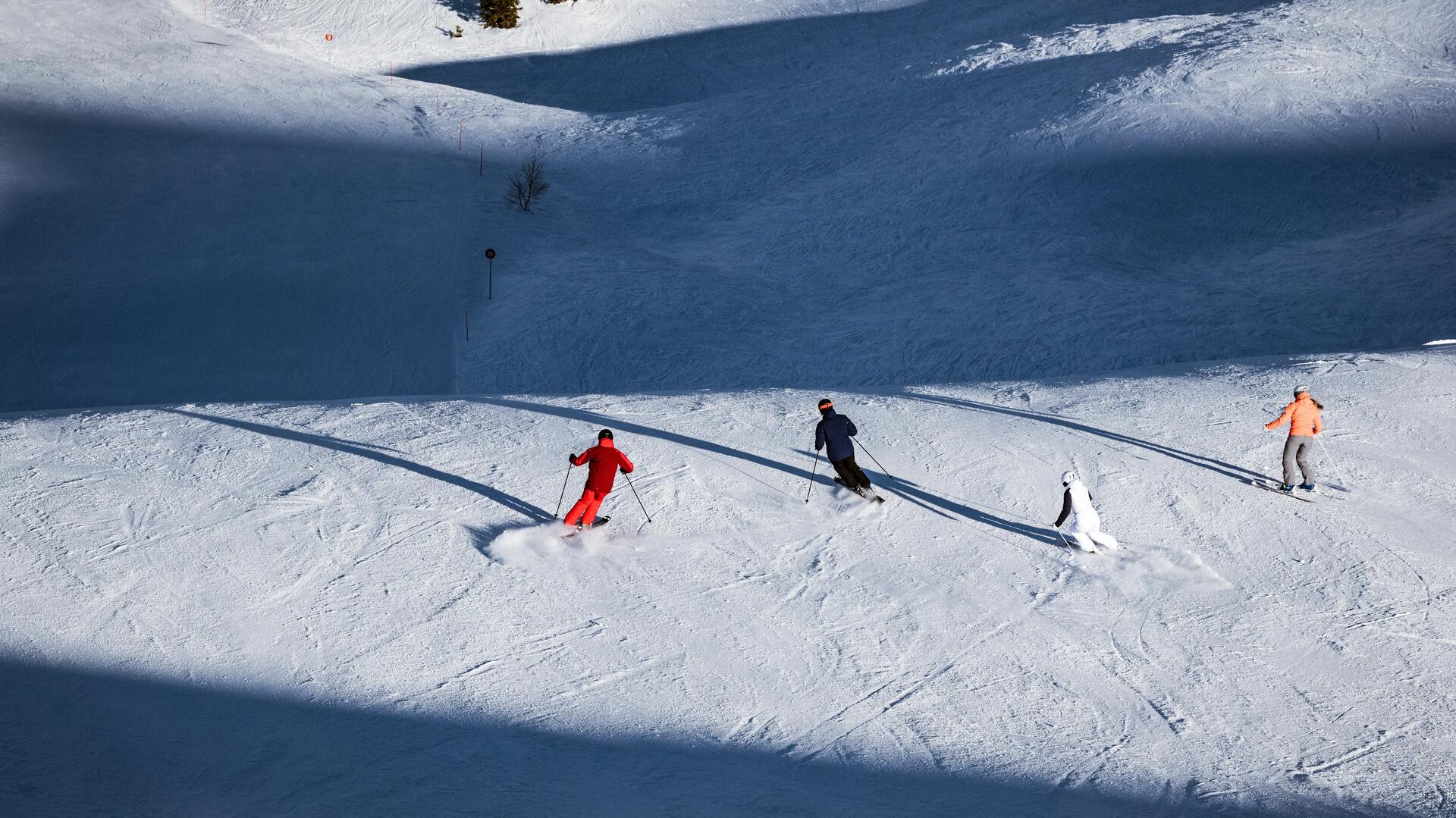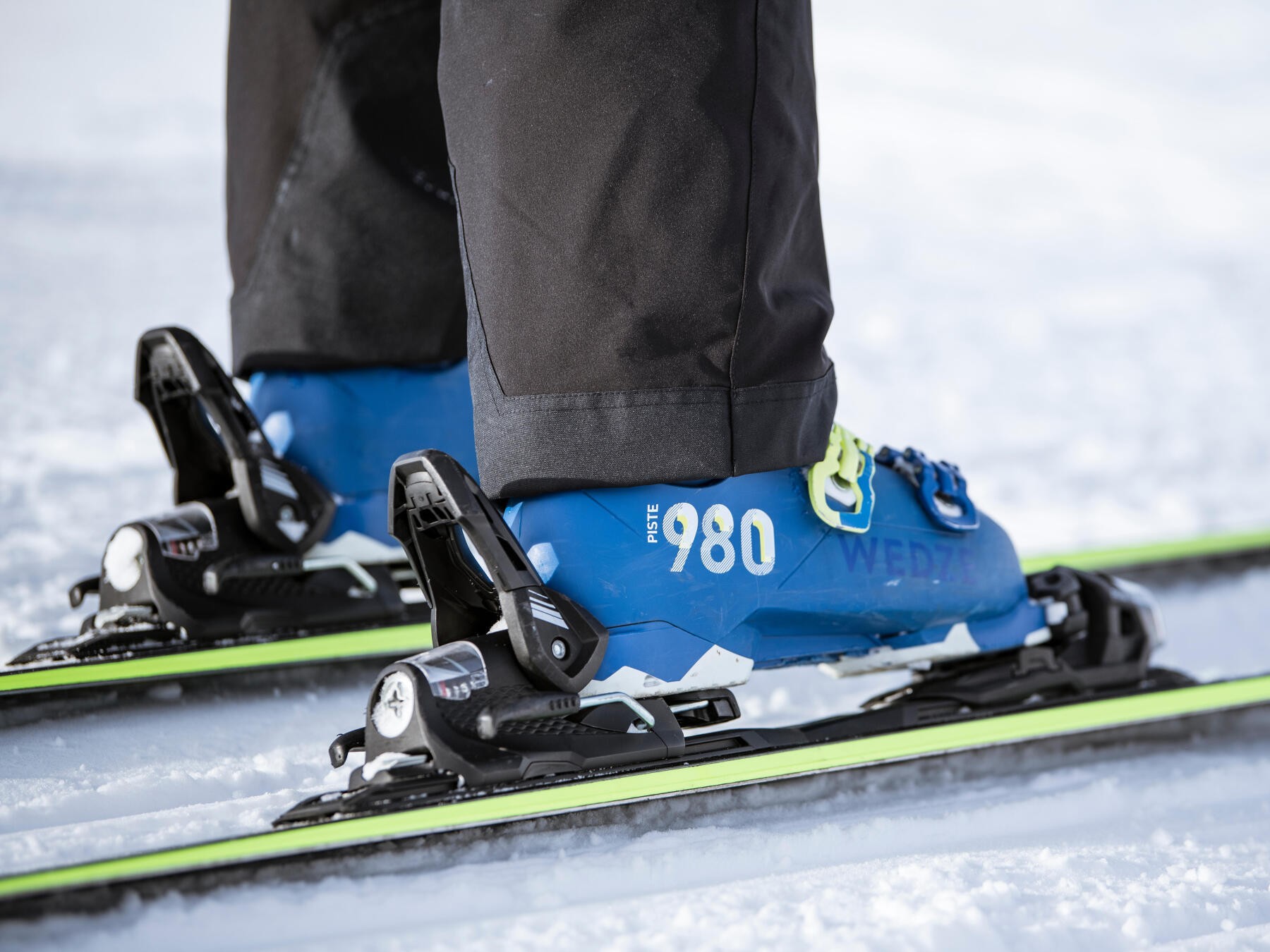1/ Why is it so important to adjust your ski bindings?
This can be summed up in two very important words: pleasure and safety. Skiing is a source of pleasure, whatever your level. But no pleasure without safety! Badly adjusted bindings, are risks for injury, shorten or ruin holidays.
In fact, the length of the skis generates significant effort on the legs, in torsion, forward and backward. To avoid injuries, mainly on the knees, ski bindings must release the boot when these efforts are too great for your physical abilities.This is when the ski releases the boot when for example when you fall.











